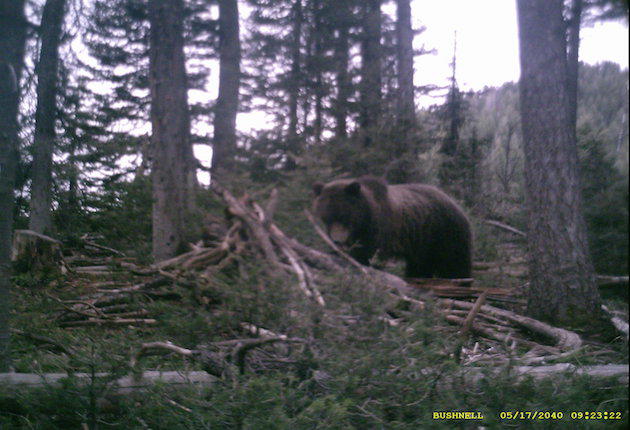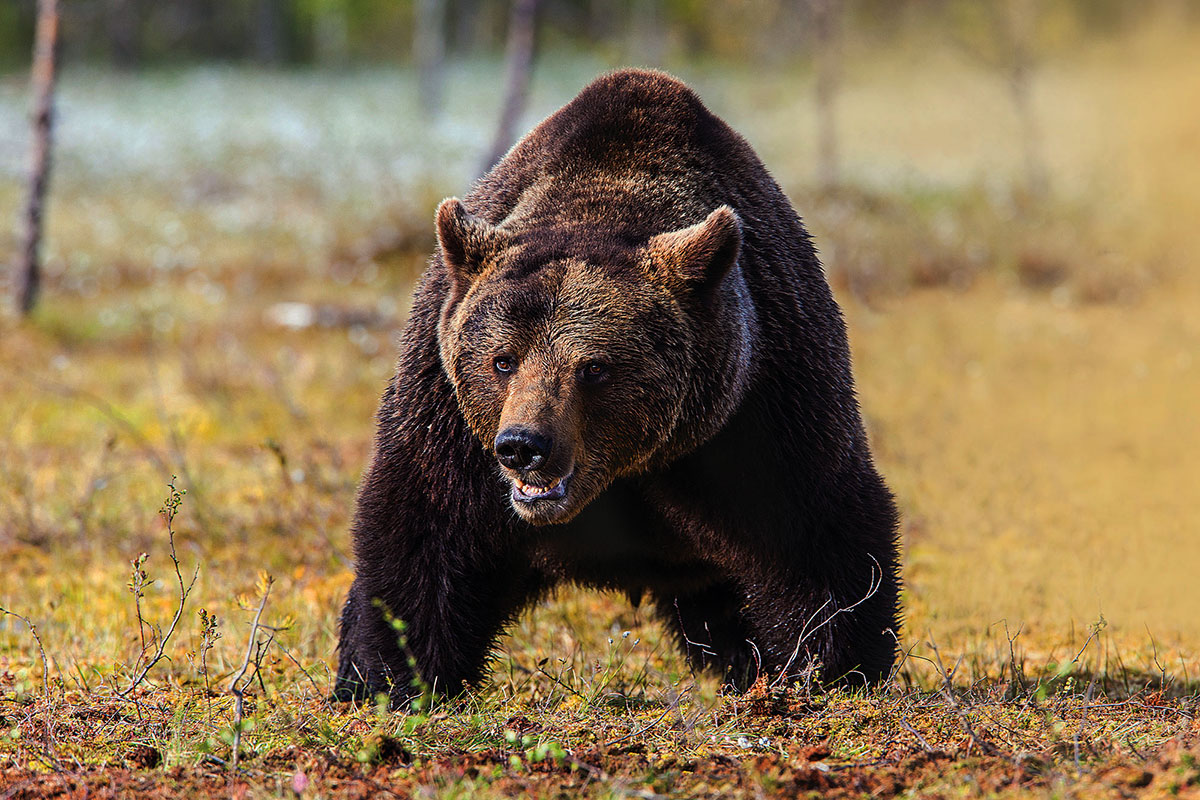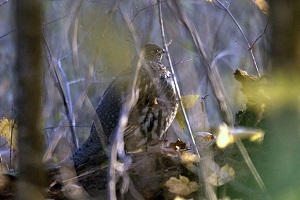There are anglers on the water, hunters in the woods and wildlife in every direction. It’s spring in eastern Idaho and the outdoors is budding with new life.
Reasons for getting out are plentiful. For Travis Arnold, a hunter who is burly from beard to boots, it’s the spring black bear hunt.
“If you’ve never done it, you think it’s like Yogi Bear: putting a jelly donut in the mountains and killing a bear,” Arnold says. “That’s not it. Bear hunting is tough.”
I’m hiking with Arnold near the Centennial Mountains on the Idaho-Montana border. It’s so quiet we can hear forest grouse beating their wings on the logs as they like to do during mating season. The drumming beat sounds a lot like a four-wheeler starting, but we know that’s not what it is. No one else is around. We’re heading to Arnold’s deep-in-the-woods bear baiting site. I’m carrying a camera pack and a tripod. He’s carrying dog food and a bucket of grease.

Areas like this in Idaho often hold black bears, but are quickly becoming home to griz.
“It works really well. Once you get the bears coming in they tend to like it,” he says. “The other reason I like it is it’s not trashy. Once we’re done baiting, it just disintegrates.”
Hunters who use bait keep to themselves. While it’s legal where Arnold hunts, it’s not considered acceptable by many. Baiting bears is illegal in the unit east of Arnold and in half of the unit Arnold hunts because of an expanding grizzly bear population.
Grizzlies on the landscape are a game changer. There are an estimated 700 grizzlies in the Greater Yellowstone area, which includes parts of Idaho, Montana, and Wyoming. Grizzly growth could lead to a delisting of the animal as endangered this year, but recovery success comes with challenges — the kind of challenges Officer Doug Petersen is patrolling for.
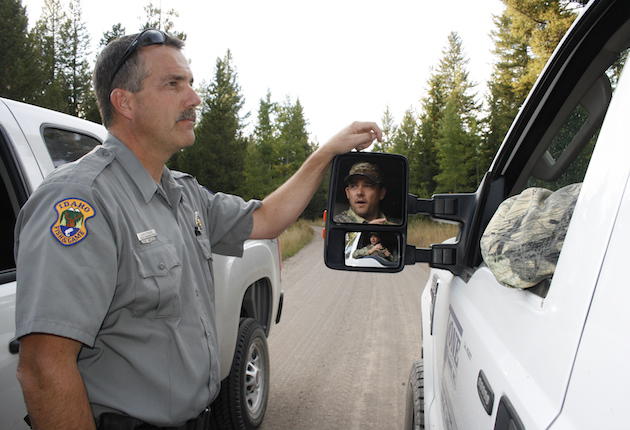
Patrols by Idaho’s wildlife officers help keep the department informed of grizzly bear activity.
Petersen, an Idaho Department of Game and Fish district conservation officer, hunts for problems in the woods, and he finds plenty. Despite an increase in bear-proof garbage cans and an uptick in pepper spray sales, summer cabin owners still have meat-soaked grills smoking on their decks and savory bird feeders swinging in their trees. Black bears, and grizzly bears, like both.
“We’ve got an increasing population of grizzlies and black bears in the area,” says Petersen. “And we’ve got an increasing population of people and the two don’t mix.”
Arnold’s bait site is way out range for run-ins with other people, but he’s not out of a grizzly’s reach. He knows this because the trail cams at his bait site collect photographic proof. When the photos show bears on his bait that are not black, the hunt’s off.
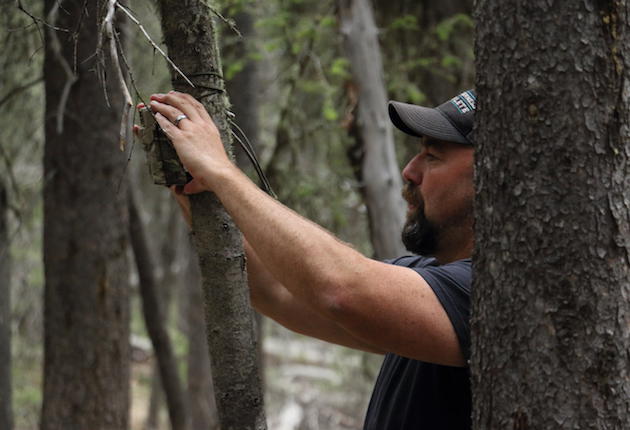
Trail cameras allow hunters to monitor their baiting sites for bears, both the black and grizzly varieties.
“Slowly over time the grizzly bears are creeping in,” Arnold says. “The last few years I have had baits that grizzlies come into. As soon as a grizzly comes in, I stop baiting it.”
Arnold doesn’t want a grizzly meet-and-greet, like a few other local hunters are already carrying the scars of, but he’s still out. He doesn’t want his outdoor game to change, but he’s worried about what grizzlies might mean to his future as a hunter.
“There is that stereotype that we’re just a bunch of beer-drinking, rebel-flag-waving rednecks and that’s just not the case,” Arnold says. “We’re out here because we love being out in the forest. This is a family tradition for me. It’s something I’ve been doing since I was a little kid and I don’t ever want to lose that.”
Millgate is an outdoor journalist based in Idaho Falls, Idaho. See more of her work at www.tightlinemedia.com.
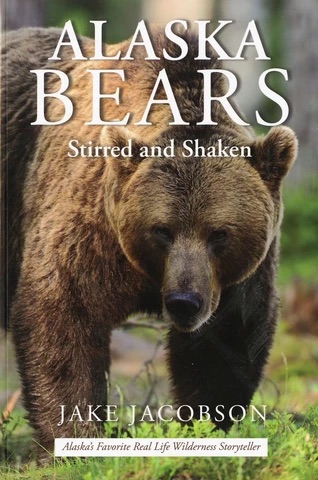
ALASKA BEARS: Stirred and Shaken is a collection of 24 stories describing Jake’s personal experience hunting and guiding for all the species of bears in Alaska. Bear biology, hunting techniques, cabin depredations and avoidance thereof, and other aspects of bear pursuits are detailed. These are true stories except for the names of some of the hunting guests from Jake’s fifty years of living and hunting in Alaska. Buy Now

